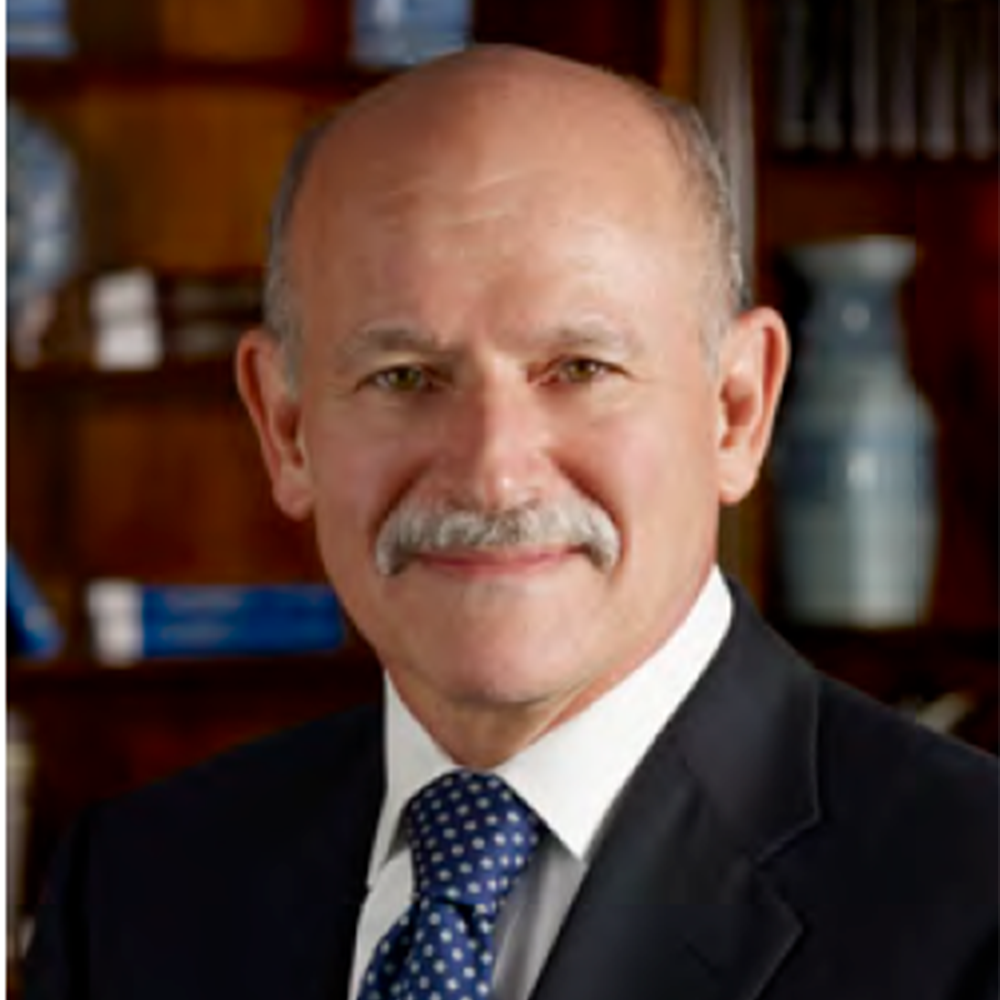
About the Event
Glucagon-like peptide-1 agonists, also known as GLP-1 drugs, are a new treatment to help people lose weight, primarily through effects on the brain that reduce appetite. During the briefing, expert panelists explained the pros and cons of GLP-1 drugs and discussed how combining these agents with effective lifestyle interventions may produce optimal benefits, reduce side effects, increase access, and help control healthcare spending. A patient who uses a GLP-1 drug shared her experience and success in reducing her weight and A1c levels while taking a GLP-1 drug combined with lifestyle modifications, including healthier eating and increased physical activity. Panelists also shared key clinical, research, and policy implications to consider for the future.
Examples of key takeaways from the briefing include:
- GLP-1 drugs can help patients lose significant amounts of weight, but could also require lifetime use, have low long-term compliance, potential side effects, and high costs. Given these limitations, GLP-1 drugs cannot solve the U.S. obesity epidemic.
- In light of the promises and challenges of GLP-1 drugs, the critical role of nutrition in weight management, and the effectiveness of Food is Medicine (FIM) programs to overcome barriers to healthy eating, an exciting innovation to treat obesity is to combine GLP-1 drugs + FIM. Eligible patients would receive both a GLP-1 drug and FIM therapy that focuses on foods to support weight maintenance, reduce muscle loss, and prevent malnutrition. After 12 to 18 months, many patients may be able to stop the GLP-1 drug and use FIM programming for weight maintenance. Others may require episodic re-use of GLP-1 drugs to help with weight maintenance.
- The combination of GLP-1 drugs and FIM may provide a holistic, effective, and cost-effective way to maximize the benefits of GLP-1 drugs while minimizing the challenges, risks, and costs. Legislation and policy around GLP-1 drug access should include rigorous, evidence-based lifestyle programs, including FIM, to curb health, economic, and disparity burdens of obesity.
Watch: GLP-1 Drugs + Food is Medicine: A New Recipe for Success in Treating Obesity? An Educational Briefing for Congress
Briefing Resources
Speakers

Danielle Nierenberg

Pat Gleason
Assistant Vice President, Health Outcomes, Prime Therapeutics

Alka Gupta

Steven B. Heymsfield
Professor and Director, Body Composition-Metabolism Lab, Pennington Biomedical Research Center

Phyllis Ruth Jackson
Patient who uses a GLP-1 drug

Dariush Mozaffarian
Director, Food is Medicine Institute, Friedman School of Nutrition Science and Policy at Tufts University
